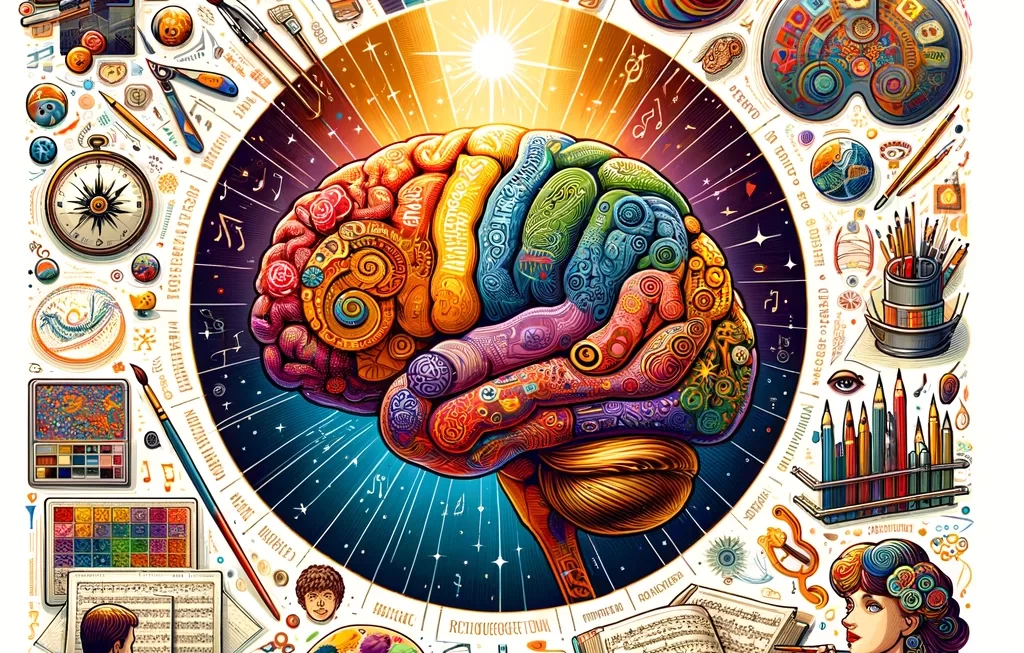Have you ever wondered how you’re able to feel the warmth of a sunny day or quickly pull your hand back from a hot cup of coffee? The hero behind these everyday miracles is something called the Peripheral Nervous System (PNS). It’s like a vast network of wires spreading throughout your body, but instead of carrying electricity, it carries messages to and from your brain. Let’s unpack this invisible messenger in the simplest way possible, focusing on a special part called the Somatic Nervous System and its two main jobs: feeling things (sensory pathways) and moving parts of your body (motor pathways).
The Peripheral Nervous System (PNS)
Think of the PNS as the body’s messenger service, connecting your brain and spinal cord (together, they’re the central nervous system) with everything else, from your toes to your nose. It’s responsible for getting information about your environment to your brain and carrying back instructions on how to react. This system is split into two big parts, but today we’re zooming in on the part that helps you do things like dance, jump, and scratch your nose – the somatic nervous system.
Somatic Nervous System
This is the part of the PNS that’s all about action and reaction. It’s what allows you to control your movements and feel things. Let’s break it down:
Sensory Pathways
These pathways are like the body’s news reporters, always on the lookout for what’s happening in the world. They pick up on things like the softness of your cat’s fur or the chill of an ice cube, sending these sensations back to your brain’s “newsroom” so it can know what’s up. Every touch, taste, sound, and sight is thanks to these diligent pathways that keep your brain in the loop.
Motor Pathways
Now, if sensory pathways are the reporters, motor pathways are the doers. Say your brain decides you need to wave hello to a friend or jump over a puddle – it sends these commands down the motor pathways to your muscles, telling them to get moving. It’s a bit like sending a text message with instructions, and your muscles are always ready to read and act on these messages.
The peripheral nervous system is your body’s way of keeping in touch with the world and responding to it. From the warmth of the sun to the action of jumping away from a bee, the PNS, especially the somatic part, is behind it all. By getting to know how this system works, we can appreciate all the little things our bodies do for us without us even having to think about it. So next time you’re enjoying the sensation of a cool breeze or catching yourself from a fall, give a little nod to the PNS for making it all possible.
FAQs
Q: Can we train our sensory pathways to be more sensitive? A: Yes, to some extent! Just like you can train your muscles to be stronger, you can train your senses to be more attuned. Musicians, for example, often have highly developed hearing.
Q: What happens if motor pathways are damaged? A: Damage to motor pathways can make it difficult or impossible to move certain parts of the body voluntarily. Physical therapy can sometimes help recover some level of control.
Further Reading and References
- Neuroscience For Kids – Breaks down complex topics in neuroscience into bite-sized, easy-to-understand pieces.
- Simply Psychology: The Nervous System – A beginner-friendly overview of the nervous system, including the PNS.
For Additional Insight
- “Biopsychology” by John P.J. Pinel – A deeper dive into the world of biopsychology, including the workings of the PNS.
- Psychology Today – Accessible articles on a range of neuroscience topics for the curious mind.




